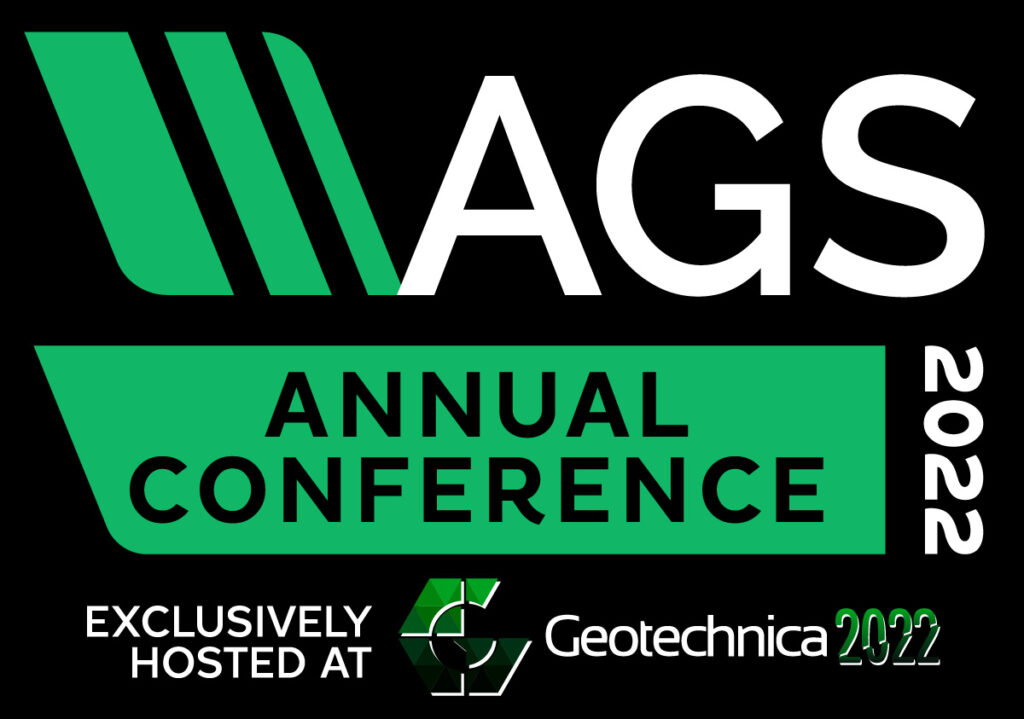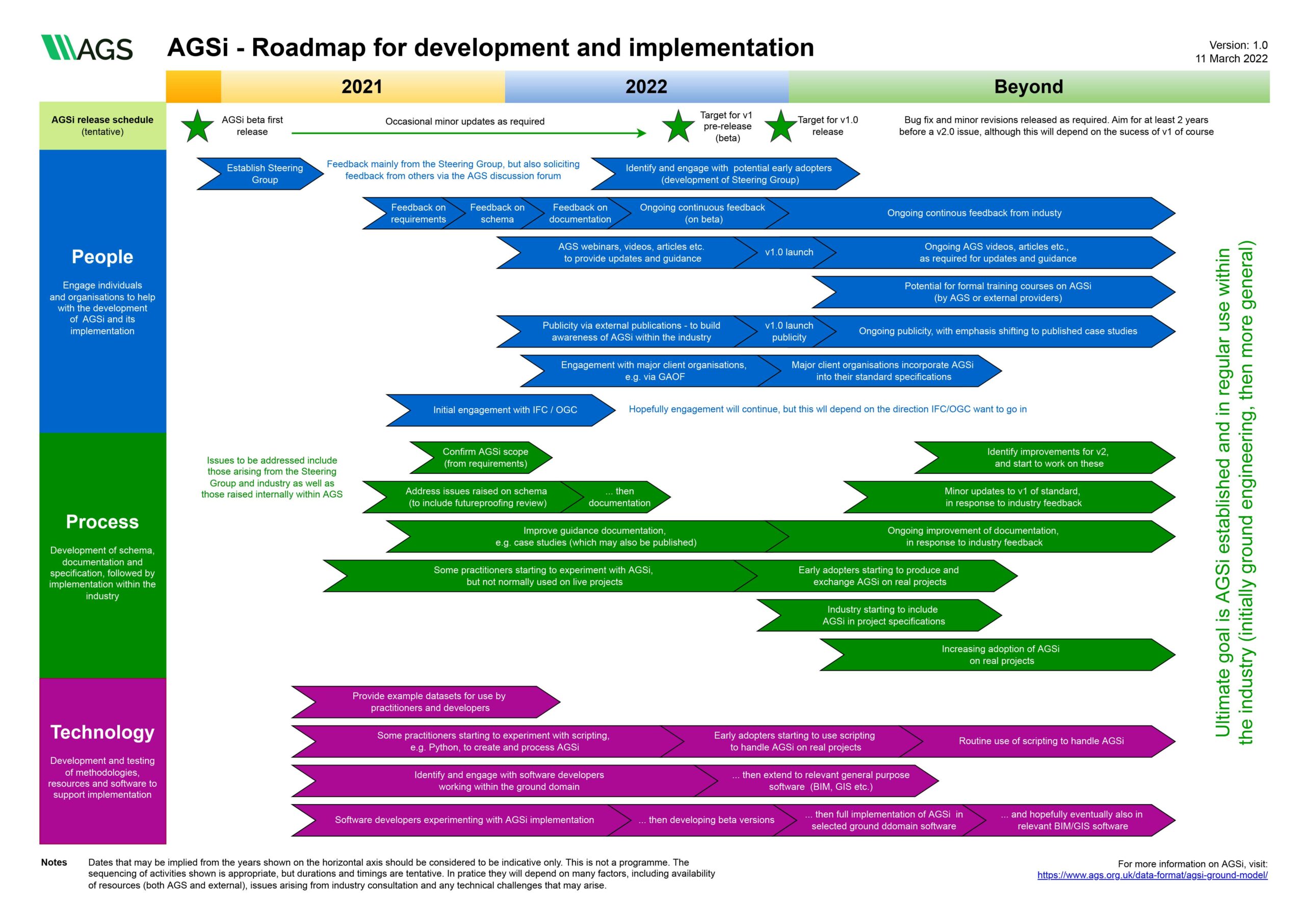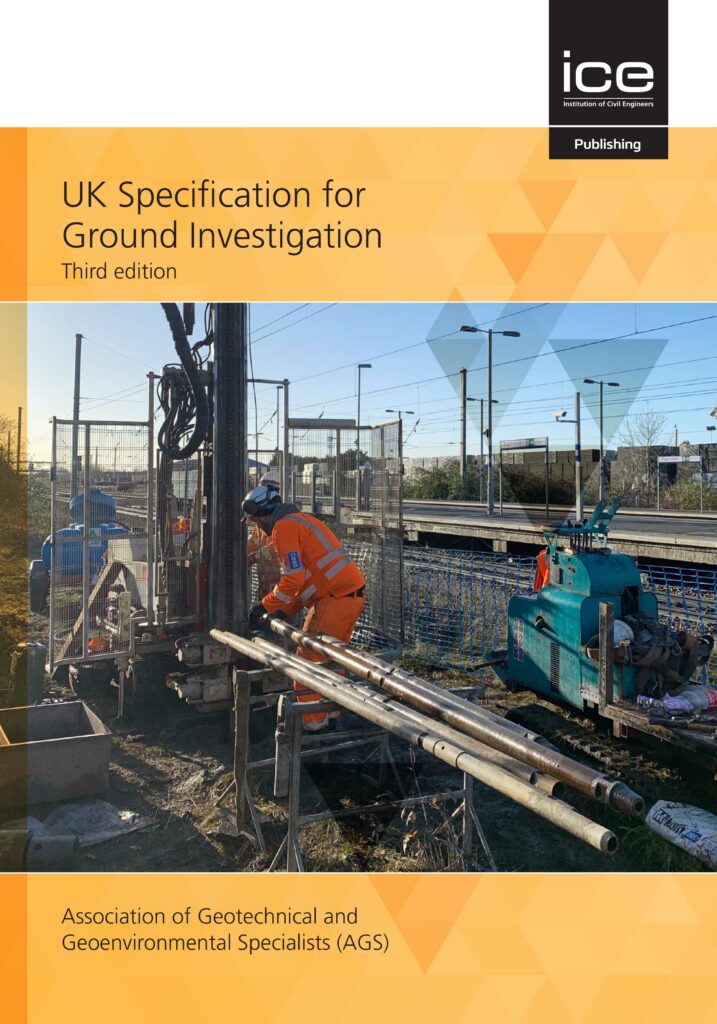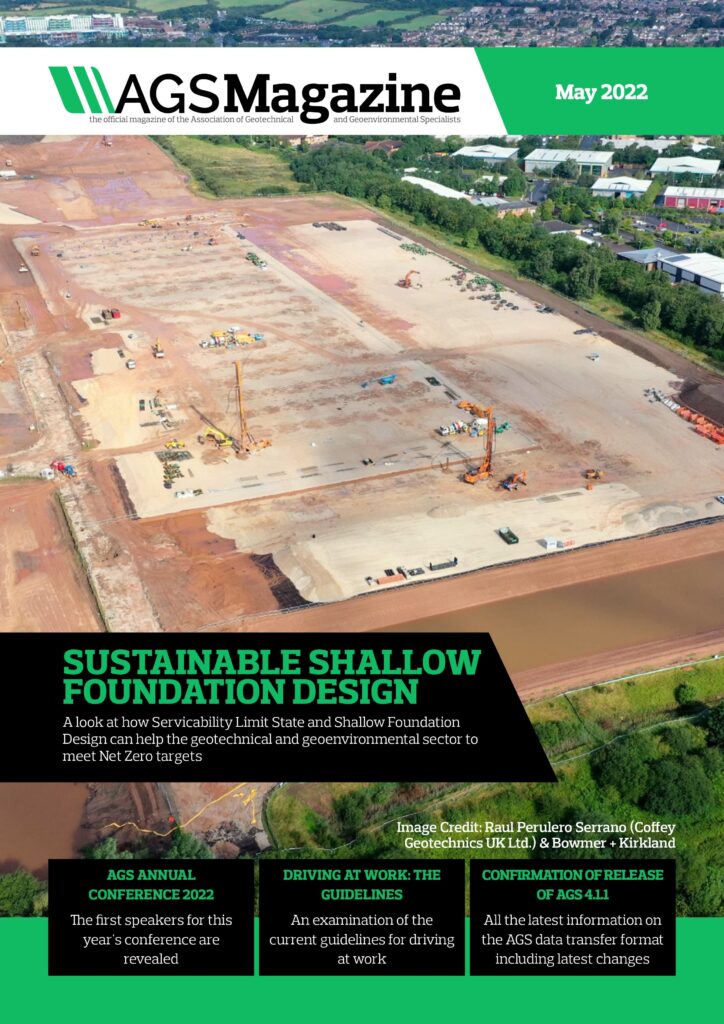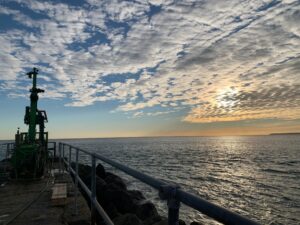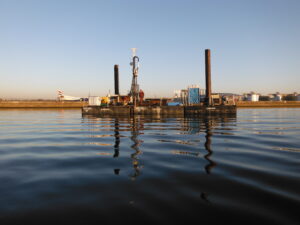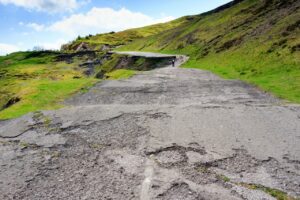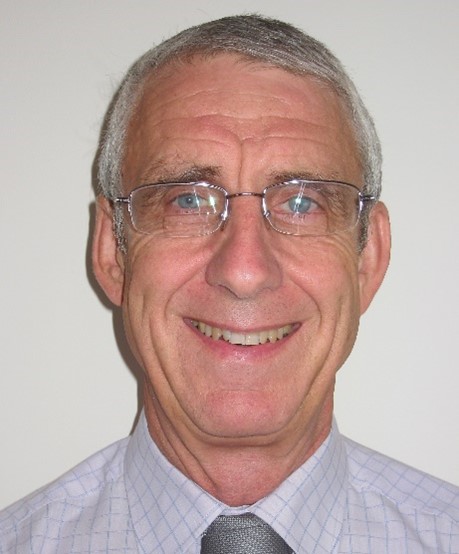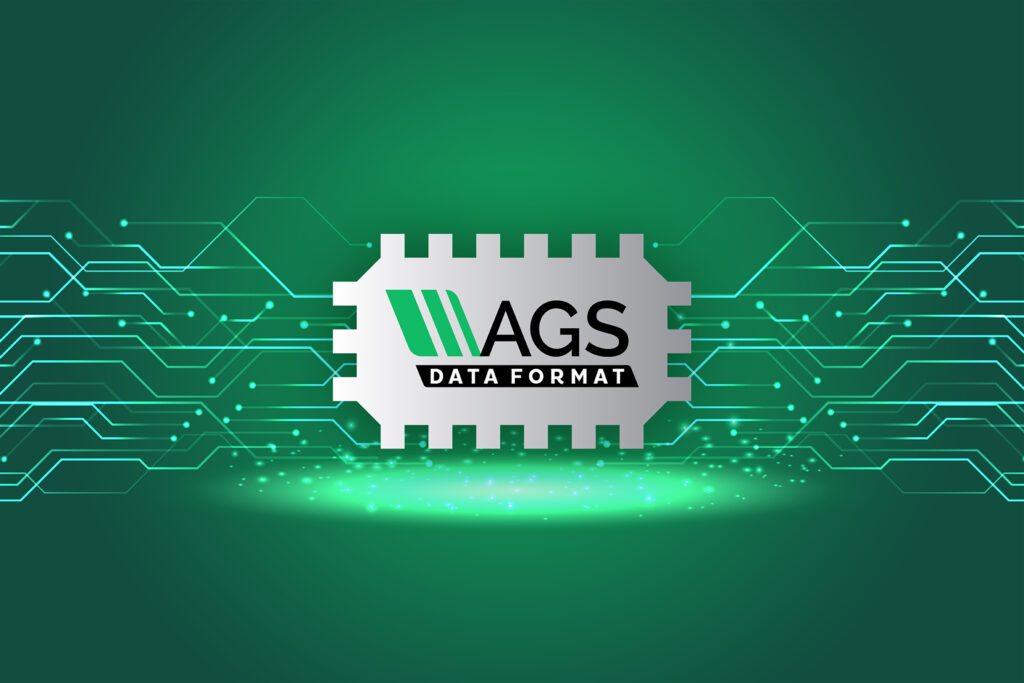Full Name: Roger Clark
Job Title: Director
Company: Marlowclark Consulting Limited
Roger is a Chartered Civil Engineer, SiLC and NQMS SQP with 54 years of experience. He has represented AGS for the last 14 years on the SiLC PTP and is the AGS Director on the SiLC Board, having chaired the Board for 2 years to the end of last year. Roger is a SiLC Assessor and also assists with the preparation of questions for the SiLC exam. He is an honorary member of the AGS Executive.
He was previously the Senior Director of CL Associates (CLA), which became the Geoenvironmental Consulting Division of ESG, now SOCOTEC. He had overall responsibility for management, business development and the technical capability and quality of the division including the direct control of certain major projects.
What or who inspired you to join the geotechnical / geoenvironmental industry?
The subject at university that inspired me most in my civil engineering degree course was geotechnical engineering, or soil mechanics as the topic was called then. On nearing the completion of my degree, it therefore seemed logical to apply to Soil Mechanics Limited (SML) and I was fortunate to be offered a job. In the early years I had the privilege of working with or under the guidance of Noel Hobbs, Bryan Skipp, Alan Meigh and Ken Early, all of whom have been or are recognised for knowledge, skill and quality. This gave me the best grounding for my career that I could ever have wished for. At that time geoenvironmental was not really recognised as a specialism. It was only much later, as the manager of the SML Consultancy Division, and in the early stages of the industry waking up to the need for services in contaminated land and waste management, that I was involved in the setting up of CLA.
What does a typical day entail?
I am now substantially retired from professional work with the exception of providing whatever input I can to SiLC and AGS. I am Chair of my local parish which gets me involved in community matters, liaising with the County Council and District Council to achieve whatever improvements I can to our local amenities.
Therefore, a typical day for me can be very varied, sometimes relaxed but at other times trying to stuff more into the day than will fit. I switch from sitting in front of my computer preparing draft SiLC procedures or guidance, exam questions, assessing candidates, articles for the AGS e-magazine, and preparing for and attending PTP and Board meetings, etc to dealing with parish matters to family to gardening and house maintenance. You would be forgiven for thinking that I can control my own time choosing what I do and when. That is my objective but never seems to happen. Like all of you, having stuck my hand up, I am subject to the demands that come at me from various quarters.
Are there any projects which you’re particularly proud to have been a part of?
There are three in particular, the first being the Nghi Son Refinery in Vietnam which is about 250 km south of Hanoi. Site clearing for the project broke ground in 2008 with construction beginning in 2013. Production commenced in 2018. Working with Foster Wheeler, I led a team within CLA to supervise site investigation and to design suitable foundations for heavily loaded structures on about 60 m of soft marine sediments. Quite a challenge, but the team showed real skill and expertise to come up with an innovative foundation solution.
The second was a long-term leakage of fuel from a filling station on a promontory of fill at the edge of the River Nene floodplain. Slippage of the fill had ruptured fuel pipes and fuel had leaked downslope into the gravels of the floodplain. We designed a scheme involving extraction pumping, surface skimming and activated carbon filters. This interesting project involved both geotechnical in respect of determining the cause of the slippage and geoenvironmental in respect of the clean-up. For me, a really interesting aspect was providing expert witness in the High Court in London which involved four full days of giving evidence and being cross-examined. I found the court proceedings fascinating and really admired the ability of our QC to grasp a multitude of information, particularly slope stability analysis which was a completely new subject to him.
The third project was the Sydenham Gasworks near Crystal Palace which again involved a combination of geotechnical and geoenvironmental input. This one sticks in my mind not just because I was involved over a 17 year period but also because of being involved throughout from the time that it was a smelly eyesore (and in spite of that there had to be a public inquiry at which I gave evidence), to now providing a local facility as a retail park.
What are the most challenging aspects of your role?
I think in this context I should talk about my previous role with ESG. There was a need to balance the business requirements such as budgets, marketing and management with the need to keep technically up to date in both geotechnical engineering and contaminated land / waste management and to manage projects. Both of these sides to my role usually demanded more time than could be given, so the challenge was to deal with both and still get home for supper before it got thrown in the bin. The bigger challenge was that for my long-suffering wife, Janet, who had to put up with me.
What AGS Working Group(s) are you a member of and what has been the recent focus?
Apart from the AGS Executive, I attend the AGS Contaminated Land Working Group. My recent input to this has been the writing with Louise Beale of the Clients Guide to Geoenvironmental Reports and also aiding in the preparation of the Training Paths for Ground Practitioners – Geoenvironmental Specialists.
Why do you feel SiLC is important to the industry?
It is an indicator that senior professionals in our industry have gained a level of knowledge and expertise that has been judged by their peers to be at a high level. For many, it is considered to be a natural part of their career development demonstrating to their clients, regulators with whom they interact, their colleagues and themselves that they have achieved this capability.
As many will know, SiLC also assesses suitability for someone to be on the NQMS SQP Register. Improving quality has to be the objective of everyone in our industry and these schemes are part of the process of achieving that. SiLCs and SQPs are bound by a strict code of conduct which is another factor in demonstrating their standing and ability to provide sound advice which is tansparent in identifying any uncertainties and the implications of the conclusions.
What activities are SiLC working on at the moment?
One of the things that SiLC can do is to assist in developing knowledge and gaining recognition of significant issues that face the industry. The Annual Forum is part of this and also the presentation of webinars, the next one being ‘Regeneration of Historical Landfill Sites – Multi-Stakeholder Perspectives’ on 30th June, which will examine some of the problems currently being experienced. SiLC have also written to various Government departments and the EA regarding this.
One of the significant issues facing us is the reduction that has been seen in the number of young people joining our industry for whatever reason, be it a reduction in the number of suitable university courses or simply because we do not advertise ourselves enough. Having worked in the geotechnical and geoenvironmental field for a considerable number of years I, like many others, have thoroughly enjoyed it and benefited from a very varied, interesting, and often challenging career. Looking back, I am very glad that I chose the path that I did. The SiLC Affiliate Scheme is intended to encourage young people to join the profession, and a short promotional video has been prepared to encourage them to do so. The task now is to get as many people as possible to watch it.
SiLC are part of the NQMS Steering Group and having carried out an audit of the scheme to determine where changes or improvements might be needed, one of the next tasks is to expand the NQMS documentation to include permitting and to modify some of the existing documentation to incorporate the results of the audit.
What changes would you like to see implemented in the geoenvironmental industry?
More endorsement of schemes like SiLC, SoBRA and NQMS by government departments. Some progress has been made on this in respect of the NQMS in a meeting between the Steering Group and DLUHC which will hopefully lead to some firm commitments.
Continued recognition and increased understanding of the causes of climate change including the effects of what we do as an industry. There is so much more that can be done to reduce carbon emissions for example, including how we remediate sites, how many vehicle movements are involved, the extent to which the ground is disturbed and hence releases stored carbon, the emissions from any treatment processes that we use or recommend, etc. We need to educate our clients in this respect, presenting them with sound reasoning for environmentally friendly schemes rather than just following traditional thinking. Many clients are already on board with this, but some unfortunately are not. Thinking back to the Nghi Son Refinery, their product is the cause of a large part of the problem which can’t be mitigated by the plant itself, but it has to be said that in the early stages of the project the owners did take on board a number of mitigating measures to reduce the local environmental impact of the plant being built.
I would like to see more overall involvement of geotechnical and geoenvironmental specialists in project teams at a decision level. All too often, site investigation is procured, and then other professions make the fundamental decisions. There needs to be more continuity with geotechnical and geoenvironmental specialists being involved throughout the investigation, design, and early construction stages of a project. The projects in which we have been involved throughout the process have always ended up running more smoothly, with less delay and often more cost effectively, with the prospect of unexpected costs being minimised by prudent spending at an earlier stage.
